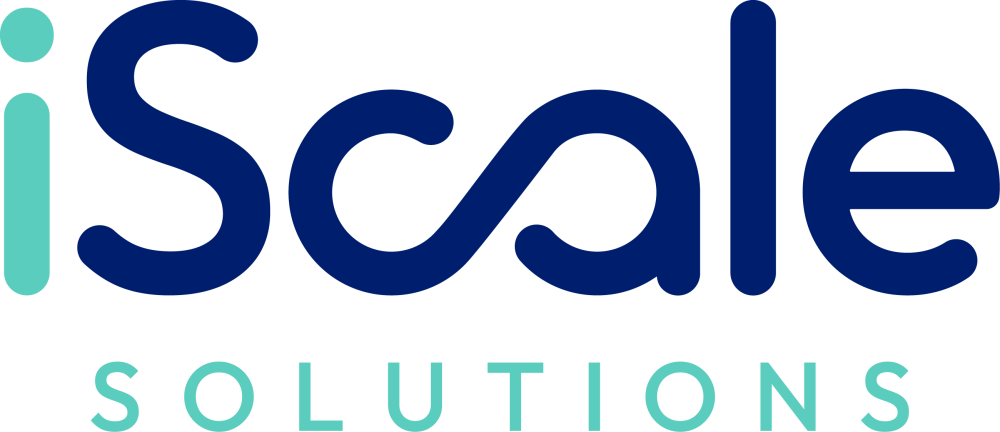If your company has ever struggled with a critical deadline, faced a sudden skill gap, or needed to quickly scale up your team, you’re not alone. Many businesses today face these challenges, especially as projects become more complex and the demand for specialized skills grows. Traditional hiring isn’t always fast or flexible enough to meet these needs—plus, the costs and time involved in finding full-time employees can be overwhelming.
These issues are exactly why companies are turning to staff augmentation. This flexible staffing solution allows businesses to bring in exactly the expertise they need, only for as long as it’s required. No lengthy hiring processes, no long-term commitments—just skilled professionals ready to hit the ground running alongside your existing team. So, how does staff augmentation work, and is it the right fit for your business? Let’s dive into what makes staff augmentation a go-to strategy for companies needing on-demand talent and rapid project support.
How Does Staff Augmentation Work?
Staff augmentation is a staffing strategy that allows companies to bring in skilled professionals temporarily to meet specific project demands. Unlike traditional hiring, where you onboard new full-time employees, staff augmentation allows you to hire skilled staff on a temporary basis, providing the expertise you need without the long-term commitment. This staff augmentation model enables companies to fill talent gaps efficiently and cost-effectively.
With staff augmentation services, your business gains access to specialized talent to help complete projects on time and within budget. Think of it as a way to “boost” your team when project demands peak. Staff augmentation can range from adding a single staff member with a niche skill to scaling up a complete team to tackle larger, more complex tasks.
Benefits of Staff Augmentation
Staff augmentation offers several clear benefits for businesses, from flexibility to specialized expertise. Let’s take a closer look at why companies are increasingly opting for this staffing solution:
- Flexibility and Scalability: One of the primary benefits of staff augmentation is its flexibility. Since staff augmentation is a temporary solution, companies can easily scale up or down based on project demands. This is ideal for businesses with fluctuating workloads or seasonal peaks.
- Cost-Effectiveness: When you choose staff augmentation, you avoid the overhead costs of hiring full-time employees, such as benefits, vacation pay, and training expenses. Staff augmentation allows companies to pay only for the specific skills they need, whether that’s on an hourly or project-based model, making it a cost-effective option.
- Access to Specialized Talent: Staff augmentation is a powerful way to access niche skills without a lengthy hiring process. It’s ideal for projects that require unique expertise, like cybersecurity, AI, or advanced data analytics, which may not be available within your existing in-house staff.
- Quick Integration and Reduced Hiring Time: With staff augmentation, the onboarding process is often faster than traditional hiring. Since staff augmentation professionals are typically seasoned experts in their fields, they can quickly integrate into your project. This means staff augmentation can help you meet tight deadlines, as augmented staff are ready to contribute without lengthy ramp-up time.
Different Types of Staff Augmentation
There are different types of staff augmentation that companies can consider, depending on project needs and timelines. Understanding the types of staff augmentation will help you choose the right option for your company:
- Short-Term Staff Augmentation: Ideal for immediate projects that require additional staff for a few weeks or months. This type of staff augmentation is often used to handle seasonal spikes or one-time projects.
- Long-Term Staff Augmentation: For projects that extend over a longer period, such as a year-long software rollout, long-term staff augmentation provides continuity without a long-term employment contract.
- Skill-Based Staff Augmentation: This type focuses on sourcing individuals with highly specialized skills. When a project requires niche expertise, such as high-level programming or data analysis, staff augmentation services can help find the perfect match.

Staff Augmentation vs. BPO vs. IT Outsourcing vs. EOR
Choosing the right growth strategy can be complex. Dive into our comprehensive guide comparing staff augmentation, BPO, IT outsourcing, and EOR, and find out which service aligns perfectly with your business goals.
When Should You Consider Augmented Staff for Your Business?
Knowing when to consider staff augmentation is crucial. Here are some common scenarios where staff augmentation may be an ideal choice:
- Tight Deadlines and Peak Demand: When your team faces tight deadlines, bringing in staff augmentation can help meet those goals without overburdening your current employees.
- Filling Skill Gaps: If a project requires specific skills your in-house team lacks, staff augmentation is a cost-effective way to bring in that expertise temporarily.
- Seasonal Workload Spikes: For businesses with cyclical peaks, staff augmentation allows you to bring on additional staff during busy seasons, scaling back when demand normalizes.
- Cost Efficiency: Hiring full-time employees for short-term projects may not be the best financial decision. Staff augmentation provides a way to meet project requirements without the long-term commitment and costs.
Staff Augmentation vs. Outsourcing
A common question is, “How does staff augmentation differ from outsourcing?” While both models help companies fill skill gaps, understanding the differences between staff augmentation and outsourcing can help you make the right choice.
- Staff Augmentation: In staff augmentation, augmented staff become part of your existing team, working alongside your in-house employees on a specific project. You maintain control over project management and communication, making it feel as though the augmented staff are part of your company.
- Outsourcing: Project outsourcing typically involves hiring an outsourcing vendor to complete an entire project. In this model, the outsourcing company handles the project independently, often with minimal involvement from your team. Staff augmentation, on the other hand, allows you to retain control over the project while bringing in the expertise you need.
Managed Services and Staff Augmentation Model
Both managed services and staff augmentation are viable solutions for businesses seeking external support. While staff augmentation fills specific skill gaps, managed services involve outsourcing entire functions or processes to a managed service provider.
Choosing between managed service and staff augmentation depends on your company’s needs and goals. If you need short-term support to meet project demands, staff augmentation may be the ideal choice. If, however, you’re looking for ongoing support to manage an entire department or function, a managed service might be a better fit.
How to Choose the Right Staff Augmentation Partner
Choosing the right staff augmentation partner is essential to make sure you receive quality support. Here are a few staff augmentation best practices to help you find the best provider:
- Identify Your Needs: Clearly define the skills and expertise required for your project. Do you need tech talent, project managers, or specialized roles? This will help your provider source the right talent.
- Evaluate the Provider’s Experience: Choose a staff augmentation firm with a track record of successfully placing talent in your industry.
- Check for Cultural Fit: The success of staff augmentation often depends on how well the augmented staff align with your company’s culture and communication style. Look for a provider that understands the importance of a seamless fit.
- Define KPIs and Project Goals: Clear communication around KPIs and deadlines is essential. Setting clear goals upfront will help both your in-house team and the staff augmentation team stay on the same page.
Common Challenges With Staff Augmentation Service and How to Overcome Them
While staff augmentation is a flexible solution, it’s not without challenges. Clear communication with your team members is essential to integrate augmented staff effectively. Here are a few tips to overcome these challenges:
- Communication and Collaboration: Use project management tools like Trello to keep everyone aligned, especially if augmented staff are working in different time zones.
- Onboarding and Integration: Although staff augmentation provides quick access to skilled professionals, onboarding is still key to a smooth process. Take time to introduce augmented staff to your in-house team and provide context about the project’s goals.
- Clear Expectations: Establishing a timeline for the completion of the project and regularly checking in on KPIs can help ensure both in-house employees and augmented staff remain productive and focused.
Is Staff Augmentation Right for Your Business?
Staff augmentation is a powerful staffing model that can help your organization meet specific project demands without the lengthy commitment of hiring full-time employees. By choosing the right staff augmentation partner and following best practices, your business can access specialized talent on a flexible, temporary basis. Whether you’re filling skill gaps, managing seasonal spikes, or meeting tight deadlines, staff augmentation can provide the support you need, as long as you need it, until the project is completed.
If you’re considering flexible staffing solutions, staff augmentation could be exactly what your company needs to stay competitive and agile. Reach out to a reliable staff augmentation provider like iScale Solutions to explore how staff augmentation can help businesses meet their unique goals, ensuring you have the right team in place for every project challenge.




